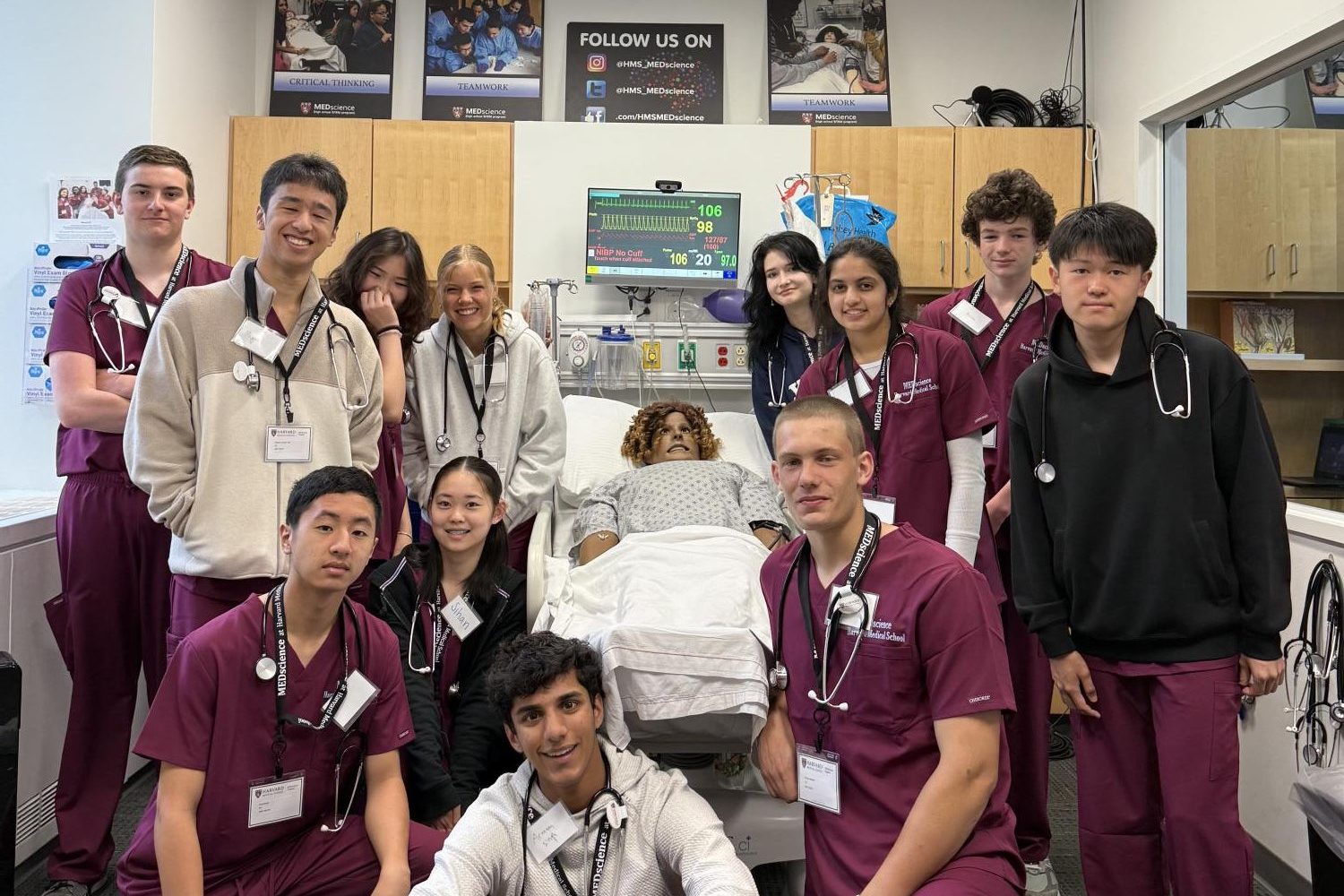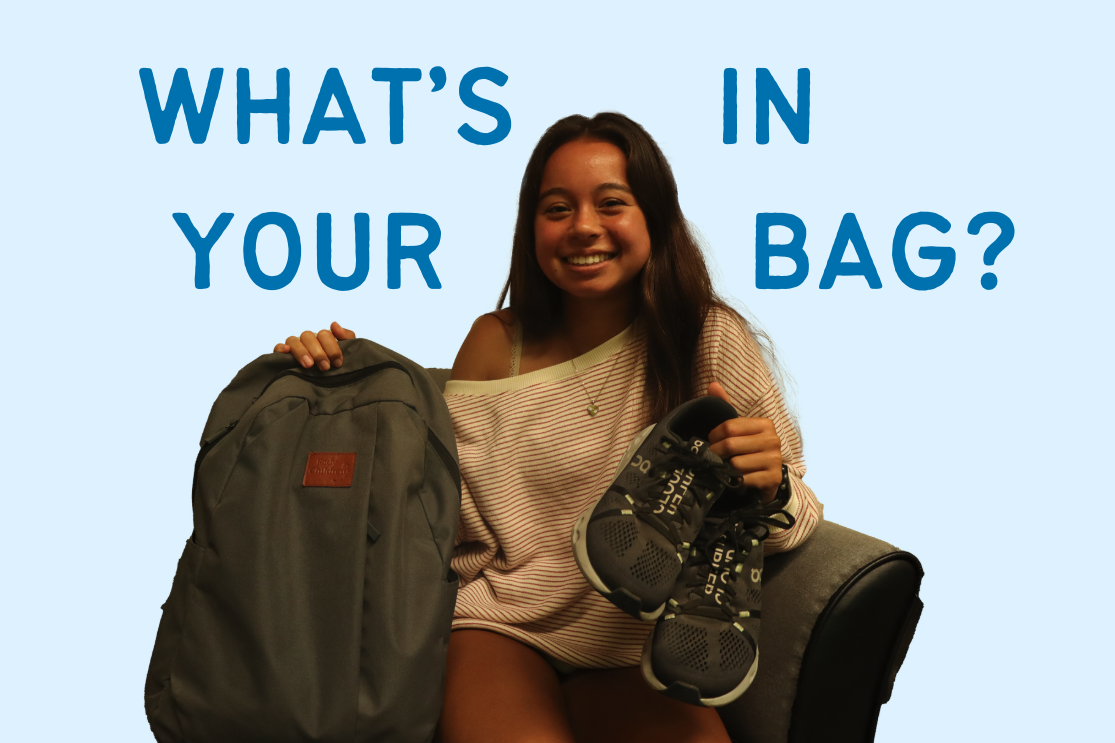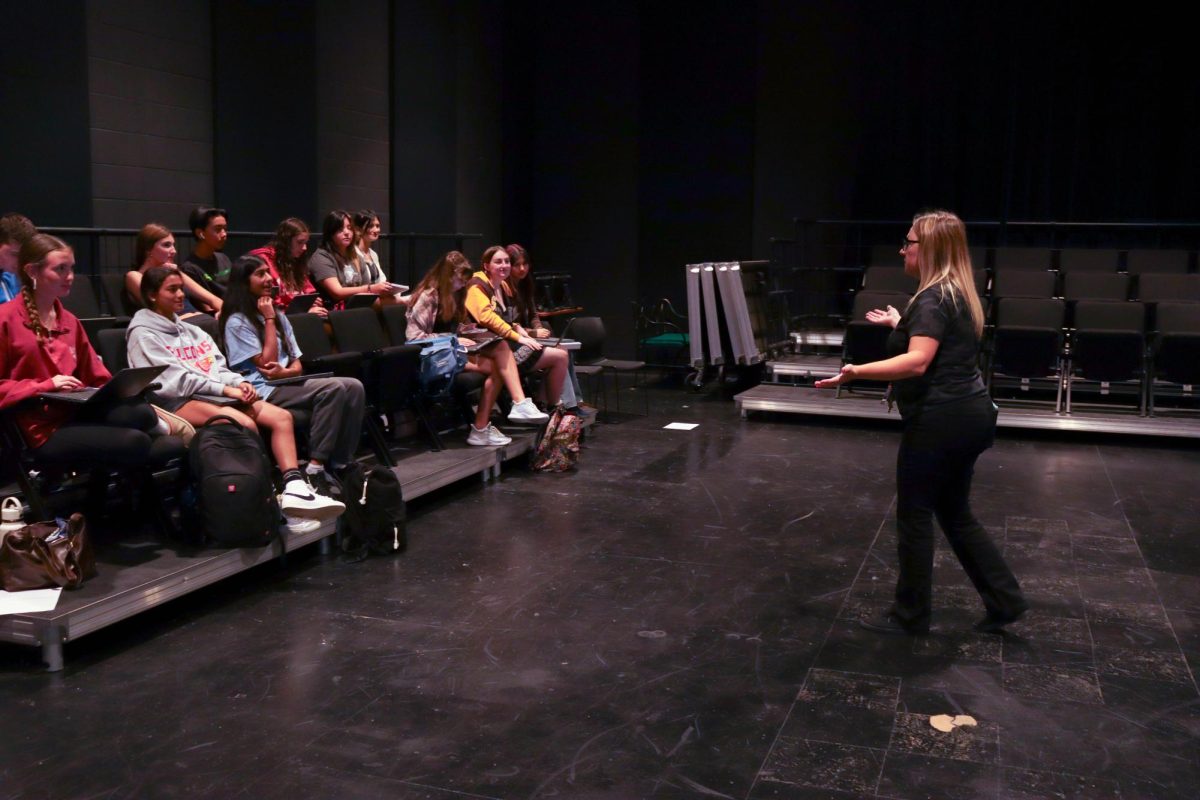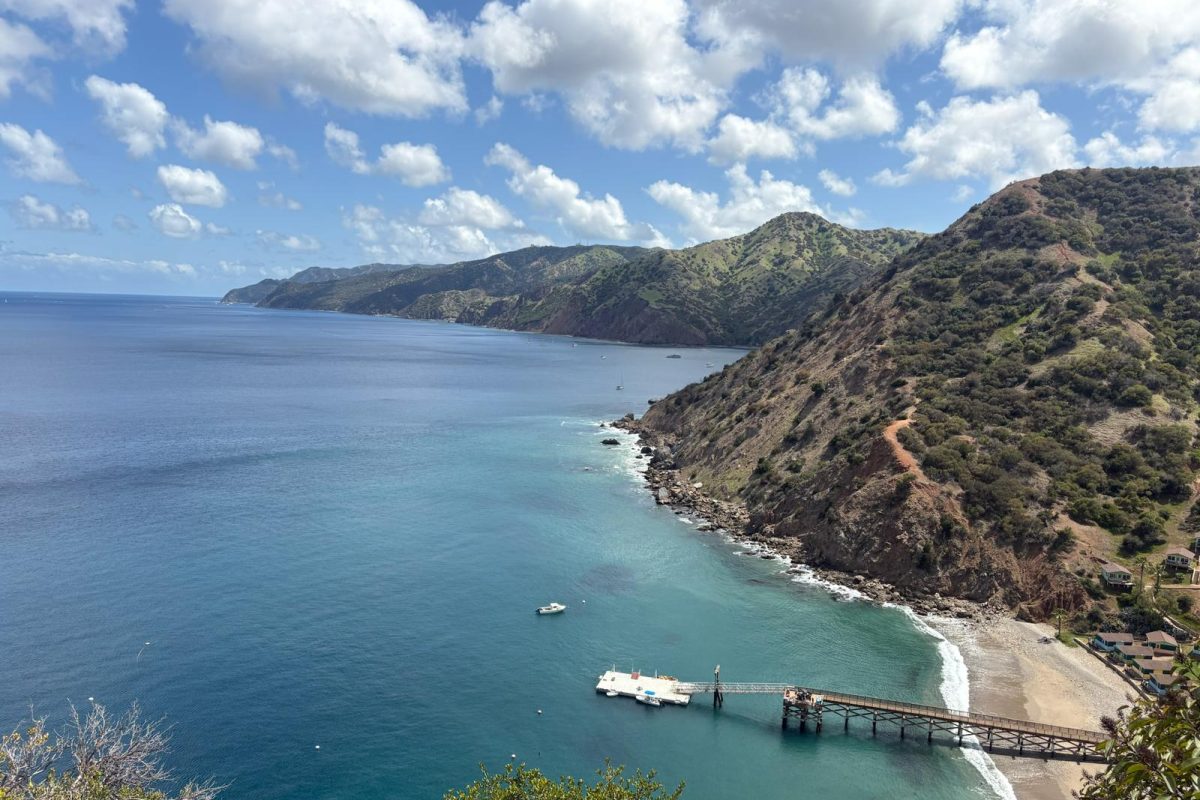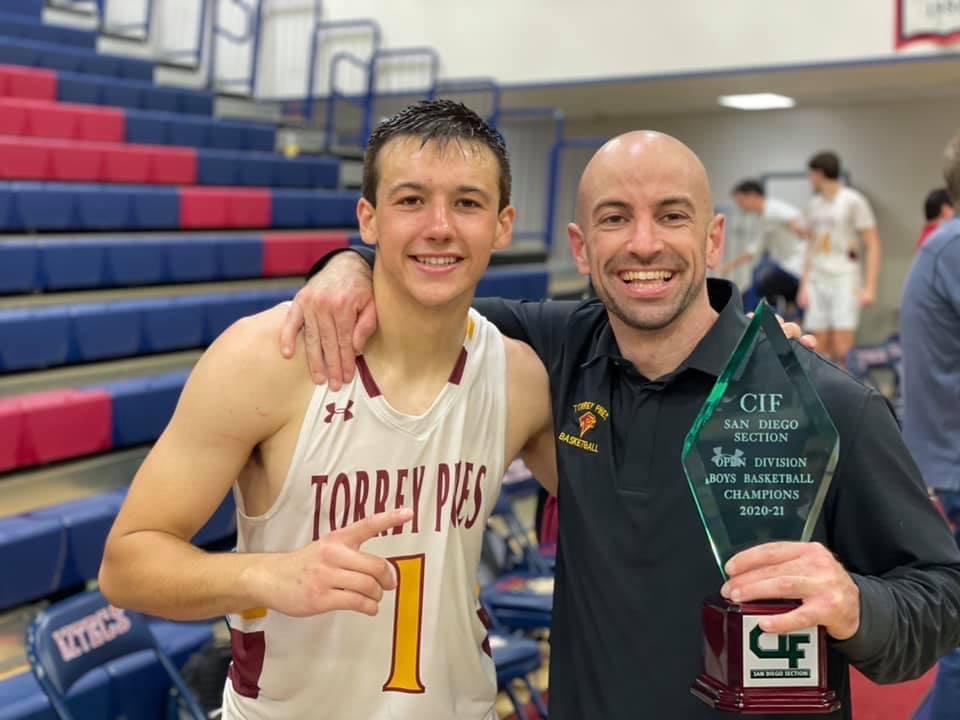From educational enrichment courses at prestigious universities to traveling abroad and exploring diverse cultures, students created a catalogue of memories and experiences. While some students spent their summers scrolling through their phones, hopping from one social media platform to the next and focusing on how to master standardized testing, most prominently, the SAT and ACT studying, others decided to hop on a plane, and see the world from a different perspective other than their rooms.
Catherine Wehrli (11) spent three weeks of her summer in New York City, studying at the Columbia University Pre-College Programs. Wehrli participated in the Introduction to Neuroscience course alongside 20 classmates from around the world.
“I was able to learn topics such as neuroanatomy, neurodegenerative diseases and aphasia, and was taught by a Columbia Professor, Dr. Timothy Myers,” Wehrli said. “At the end of the course, I also wrote a scientific report and presentation by the end of the session regarding one specific nucleus in the brain associated with a pathology.”

High school students tend to gravitate towards the prestigious pre-college programs held at the majority of universities and colleges today. Students apply by submitting essays or short answers to questions, their transcripts and various teacher recommendations, similar to the college application process. If accepted, students stay on the school’s campus for one to eight weeks, and choose a niche area of study. This is usually a topic not available in high school class settings, and they explore the subject with flexibility, carrying out the motto “learning to learn.” At times, universities will even condense an undergraduate or graduate class to fit the pre-college summer program timeframe, which exposes students to college-level coursework.
In the majority of pre-college programs, students received a pass/fail on their transcripts, and an evaluation letter from the professor.
“With this education experience at hand, I was motivated to want to study and do my work,” Wehrli said. “Knowing that there was no pressure [grade] involved meant more inspiration to learn. I felt like I was genuinely putting this energy in the benefit of myself and building my intellectual level on something that I’m interested in.”
Outside of the classroom, Wehrli was provided opportunities to connect with other students, from program-coordinated activities to exploring New York City. Residing in the metropolis, Wehrli was able to gain “a sense of freedom and independence.”
By meeting a diverse range of people around the world, Wehrli made friends from the United Kingdom, Japan and Latin America. She also noted that “everyone had different educational systems, and hearing how their lives worked was super interesting.”
“It opened my mind and really changed the way I thought about a variety of things,” Wehrli said.
As Wehrli begins her junior year of high school, balancing challenging coursework and varsity athletics, she is prepared to apply all that she has learned to her present-day life.
“I was able to learn so many skills from my professor that I am excited to take into my coursework,” Wehrli said. “Most importantly, seeing how different people from different cultures and countries interact taught me a new [set] of social skills and how I should be interacting with other people.”
While discovering an unfamiliar foreign city rich in culture and music offers unique experiences, several participants opted for educational summer programs located just a few hours from home.
Benecio Olson (11) spent four weeks at the University of California, Los Angeles, attending the California State Summer School for Mathematics and Science (COSMOS) Program.
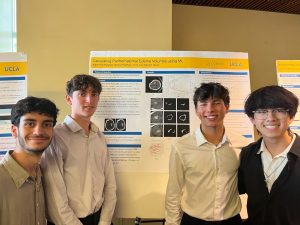
While researching practical summer experiences, Olson came across the COSMOS program, an opportunity to explore his interests in STEM and computer science. Specifically within the “From Medicine to Hollywood: Artificial Intelligence for Speech and Imagery” track, Olson had the unique opportunity to learn advanced AI research techniques from graduate students.
“I was brought to the forefront of the research on this topic, and it was really interesting to see these students’ research on vision language code models and other fascinating topics,” Olson said. “I learned about how to design AI models and how to benchmark and measure their performance.”
Outside of the lab, Olson connected with students from all across the state of California, including those from the Bay Area, Orange County and Silicon Valley. Olson shared some of his favorite pastimes from the experience.
“I was able to participate in a matcha social, movie night and visit the Sunset Rec park,” Olson said. “All of these events were [such] an amazing experience since I was able to meet so many people.”
As he enters his junior year, Olson plans to apply newly acquired knowledge to his coursework and other areas of learning beyond the classroom.
Lucy Crosby (10) spent her summer attending a five-day medical technology program at Harvard Medical School, the MEDscienceTECH Moonshot. During her time there, she explored biomedical engineering, computer science and medicine, teaming up with other students to prototype their own AI surgical robots that solve complex medical problems.
“At my time there, we were given a lot of freedom, allowing us to collaborate and explore,” Crosby said. “I was able to make super valuable connections with different people from various backgrounds. Although the majority of the students were from Boston, it was such an amazing experience to build connections.”
Students were able to meet top healthcare and business professionals in surgery, oncology, medical devices, AI, biotech and digital health, receiving expert feedback on their Moonshot solutions. Students pitched their project to a Shark Tank-style audience on the final day.
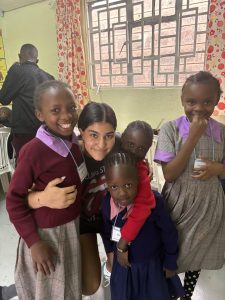
On the other side of the world, Adriana Adatiya (11) traveled to Nairobi, Kenya. There, she helped out at a resource center in Kibera for underprivileged students, including those from orphanages and with sick parents.
“It was such an amazing experience,” Adatiya said. “I was able to make them ‘goodie’ bags, help them with homework and make connections with the kids. The best part of the experience was bringing joy to the kids’ [lives] and distracting them from the situations they were in.”
After her volunteering experience, Adatiya reflected on her life and upbringing.
“I feel like living and growing up in a place like Carmel Valley, I was never really exposed to all of the different parts of the world and what the living climate may be there,” Adatiya said. “I have found more gratitude in my current education and living situation through what I experienced.”
Torrey Pines students have access to a range of educational programs designed to promote critical thinking and personal growth. While others’ opinions vary on the value of “pay-to-play” pre-college programs, those who seek summer opportunities are exposed to new academic and social environments. These programs emphasize learning over traditional grading and develop independent accountability and leadership skills.

